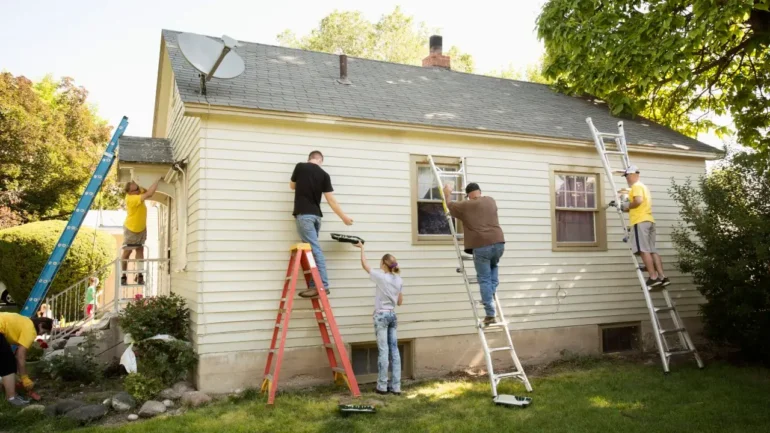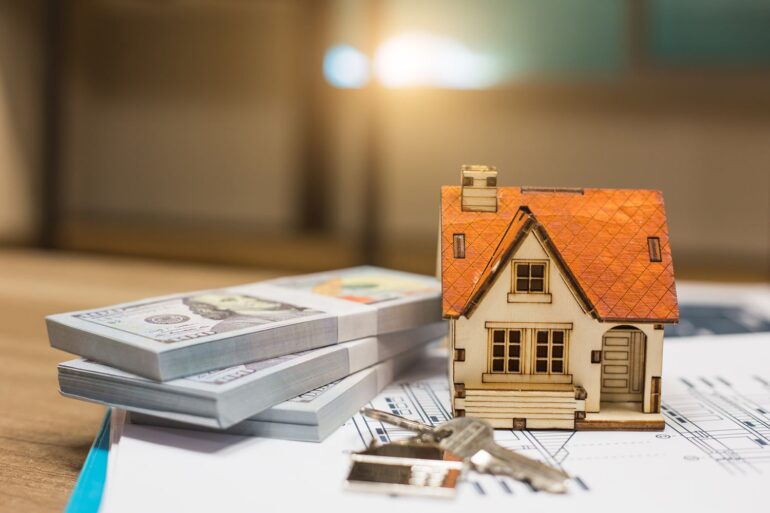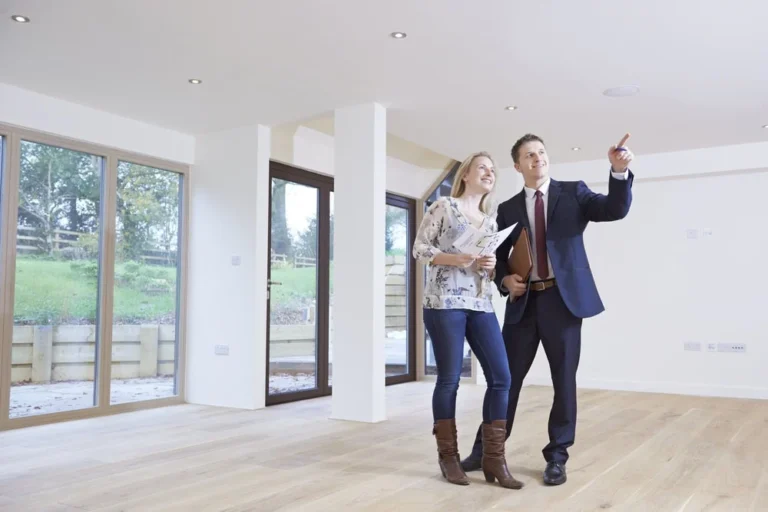Fix and flip was a pretty popular property investment strategy back in the late 1990s and early 2000s. It sort of died out when the 2007 housing crash struck. Now it seems to be making a comeback. If fix and flip is something you are considering, know that the potential for earning good money is there. But be aware that you could also lose big.
Purchasing residential homes in order to fix and flip them is a high-risk endeavor. That does not mean investors should stay away. It simply means that they need to be fully aware of what they are doing before they get started. It also means they should be cautious so as to avoid foolish decisions.
If you are considering becoming a fix and flip investor, here are four things you should do straightaway:
1. Honestly Assess Your Skills

The first step is to honestly assess your skills as an investor, property manager, and remodeling contractor. The chances of you being able to do it all – and do it well at the same time – are pretty slim. You are probably going to have to bring others in to help you, whether that means leaving property management to someone else or hiring contractors to do the remodeling work.
Far too many fix and flip investors thought they were more than capable of handling everything. They found out too late that their skills were lacking. Do not make the same mistake.
2. Start Looking for Lenders

Unless you are planning to bootstrap your operation from the very start, you are going to need lenders to help you buy those first few houses. Banks and credit unions are skittish when it comes to fix and flip investments, so you may not have any luck with them. A better strategy would be looking at private lending.
Private mortgage lenders are more willing to lend for fix and flip than banks. As for hard money lenders, it is a mixed bag. Some embrace fix and flip while others avoid it Like the plague. Actium Partners is an example of one lender that refuses to touch fix and flip deals. Based in Salt Lake City, UT, Actium prefers to concentrate exclusively on commercial properties.
3. Study Your Local Market

Next up, do yourself a favor and study your local real estate market like you were cramming for an exam that would determine whether you graduated from college. Insufficient market knowledge could lead to you paying too much for new properties. It could lead to unwise renovation and rehab decisions. Ultimately, you could wind up purchasing money pits that never return a red cent.
A trustworthy real estate agent willing to help you build a nice fix and flip portfolio could be an invaluable resource of information. You can also attend local real estate seminars and pay close attention to weekly property listings and sales.
4. Learn How the Industry Works

Finally, make an effort to start learning how the industry actually works. You will need to know about things like title searches, off-market properties, rehab budgets, and more. You will need to learn about building permits and zoning regulations. There is so much to learn that you will spend your entire investment career taking it all in.
Although fix and flip investing has been quiet for the last 15-16 years, it is starting to emerge once again. You might consider it as a potential investment opportunity capable of securing your financial future. But tread lightly. Make sure you know what you are getting into before you jump.

